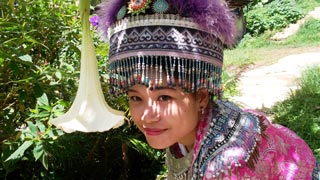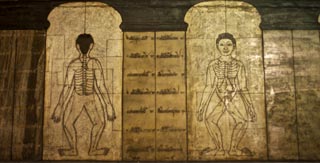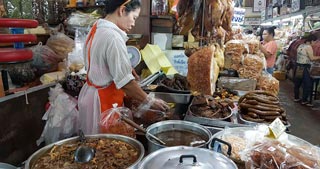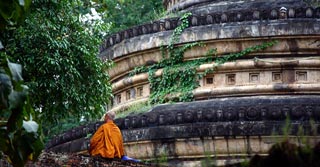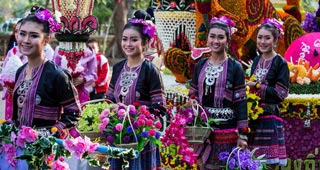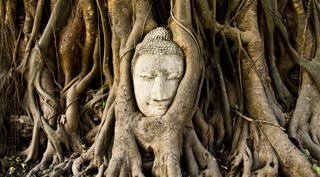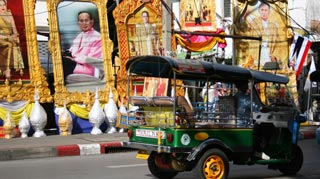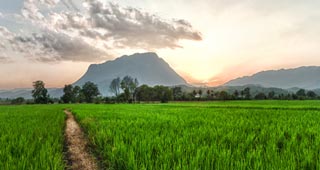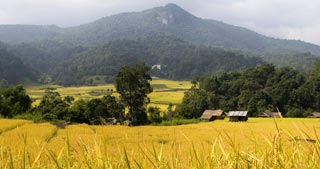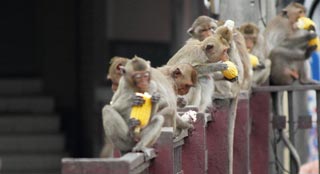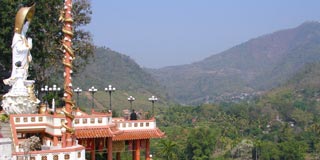Wat Jet Yot
Slightly off the tourist trail but popular with locals, is this unusual Temple of the Seven Spires which has a fascinating history, and is well worth a few hours of your time. The buildings and scenic grounds are full of atmosphere and are blissfully free of tourists and temple hangers-on out to get your money. Back in 1455, the Lanna King Tilokarat planted a sacred Bodhi tree to signify the start of construction for a new temple to host the 8th world council of Theravada Buddhism - to be held in 1477. This congress, the first to be held in Thailand, was a major coup for the Lanna King. During the next 20 years, a large monastery and religious community grew up, and they celebrated 2,000 years of Buddhism in 1476, then hosted the world congress the following year. Religious leaders arrived from the far reaches of Buddhist realms, including Sri Lanka, India, Burma, and Khmer Kingdoms to debate the Tripiṭaka (the "Pali Canon" or Buddhist scriptures). Originally named "Wat Potharam Mahavihara" after the Bodhi tree planted by the King, of particular interest is the main chedi which was built as a replica of the Mahabodhi temple in Bodhgaya. It follows the Indian style of architecture, rather than the Lanna style which is dominant in most northern temples. The huge Chedi ("Maha Chedi") has seven spires rise from its roof, representing the seven weeks the Lord Buddha spent in Bodhgaya, India after his enlightenment. Remarkably, much of the graceful stucco relief murals depicting Indian style angels are still in good condition and the famous sacred Bodhi tree still exists. The extensive temple grounds are great to slowly wander through. Here you will find a wealth of towering ancient trees, flowering plants and the atmospheric remains of several 15th-century chedis and pagodas. In some places, only the crumbling bases of long-vanished wihans still remain, but others have survived the passing of years, including a miniature replica of "Chedi Luang" built in 1487 to hold the ashes of King Tilokarat. There are also smaller pagodas containing Buddha statues and an ubosot (ordination hall) with a beautifully carved wooden gable. Also visit the 550-year old sacred Bodhi Tree and the ancient, spreading ficus trees with dozens of white poles, propped up against their overhanging branches. These have been placed there by people seeking merit. Each pole bears a family's name, and there is also a large horizontal pole for people to sign. Getting here: The temple is located just off the Superhighway (about 1 km north of the Huay Kaew Road/superhighway intersection). It’s a 10 minute (3km) drive from the northern gate of the Old City.
Chiang Mai
Chiang Mai













